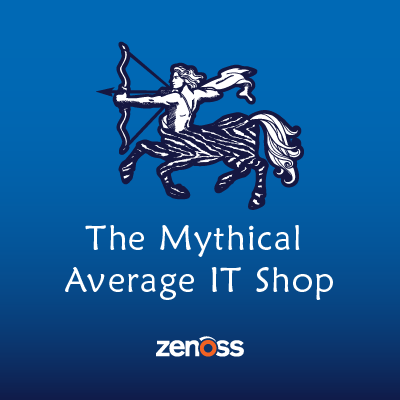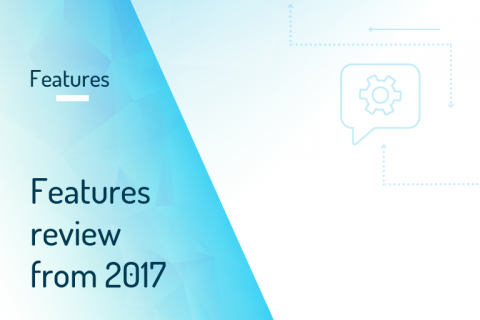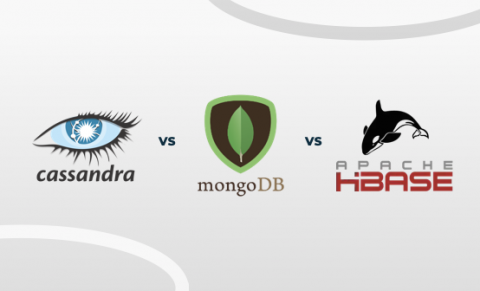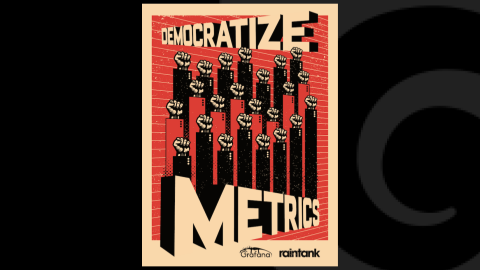Uptime.com Check Types | How to Build the Ultimate Uptime Monitoring System
How much infrastructure for a domain or application can fail before the customer starts to notice? What about before your productivity is affected? The answer to these questions will help you fully utilize uptime monitoring. Here are just a few examples of services that can be monitored for better piece of mind.











